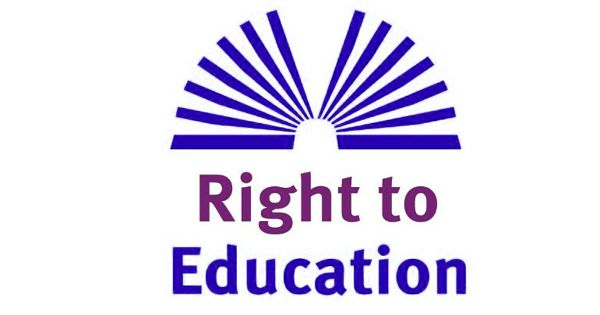Education is central to development – it empowers people and strengthens nations. It is one of the most powerful instruments for reducing poverty and inequality and helps lay a foundation for sustained economic growth. It is at the center of the World Bank’s mission of poverty reduction. The Bank helps countries integrate education into national economic strategies and develop holistic and balanced education systems that produce results. The aim is to help countries achieve universal primary education and quality learning for all while investing in the skills and knowledge necessary for their growth and competitiveness. The World Bank is committed to helping countries achieve Education for All (EFA) and, through Education for the Knowledge Economy (EKE), build dynamic knowledge societies. The site provides news updates as well as information on projects, publications, and events.
What is Right to Education?
Article 26 of the Universal Declaration of Human Rights states: “Everyone has the right to education. Education shall be free, at least in the elementary and fundamental stages. Elementary education shall be compulsory. Technical and professional education shall be made generally available and higher education shall be equally accessible to all on the basis of merit.”
The right to at least a primary education is seen as so important that the United Nations gave it the second highest priority in the Millennium Development Goals, after the eradication of extreme poverty and hunger.
The importance of education is that it creates opportunities and choices for individuals, offering chances to improve standards of living while creating citizens who are skillful, well-informed, and equipped to help their country achieve economic and social prosperity.
The Education for All: The 1990 Conference on Education for All, in Jomtien, Thailand, pledged to achieve universal primary education by 2000. But in 2000, 104 million school-age children were still not in school, 57 percent of them were girls and 94 percent were in developing countries – mostly in South Asia and Sub-Saharan Africa. The Millennium Development Goals set a more realistic, but still difficult, deadline of 2015 when all children, everywhere, should be able to complete a full course of primary schooling. The steps to achieving this were outlined in the Framework for Action’s following six goals:
Expand early childhood care and education: A safe and caring environment and good quality early childhood care and education, both in families and formal programs, helps improve the survival, growth, development and learning potential of young children.
Provide free and compulsory education of good quality by 2015: No one should be denied the opportunity to complete a good quality primary education because it is not affordable. Children should not have to travel great distances or fear for their safety getting to school. Education needs to be inclusive and flexible, supplying the needs of all learners, including those who may have to work to help in the family businesses.
Promote the acquisition of life-skills by adolescents and youth.
Many young people are unable to complete primary school, and need youth-friendly programs to help develop useful social and work-related skills.
Increase adult literacy rates by 50% by 2015.
Adult education is often overlooked and under-funded. Increasing the education of adults beyond basic literacy assists families and the general development of communities.
Eliminate gender disparities in education by 2005 and achieve gender equity by 2015.
Access to education for girls includes creating safe school environments and overcoming bias in teacher and community attitudes, courses, textbooks, and teaching and learning activities. Literacy is a fundamental skill that empowers women to take control of their own lives, engage directly with authority, and access the wider world of learning. Research indicates that there is a direct, positive correlation between women’s education and increasing children’s chances of surviving so that they, in turn, become healthier and better educated.
Enhance educational quality: A quality education satisfies basic learning needs while enriching the lives of the learners and their life experiences. Such an education requires motivated students, well-trained and supported teachers, adequate facilities, a relevant curriculum, and encouraging environment, clear and accurate assessment, and recognition of local communities and cultures.
















